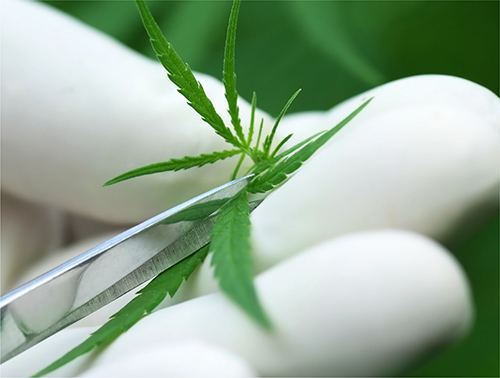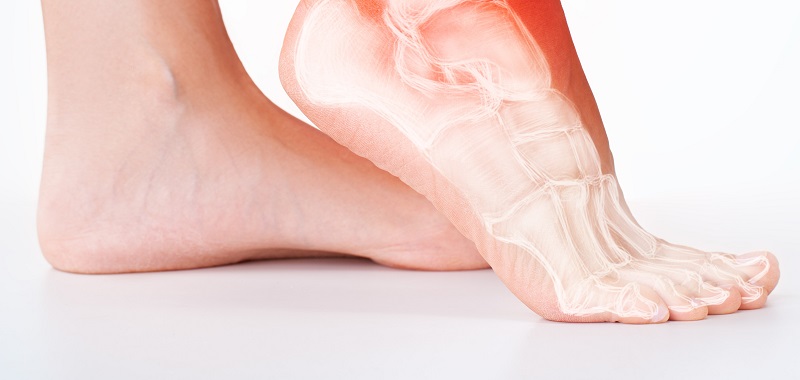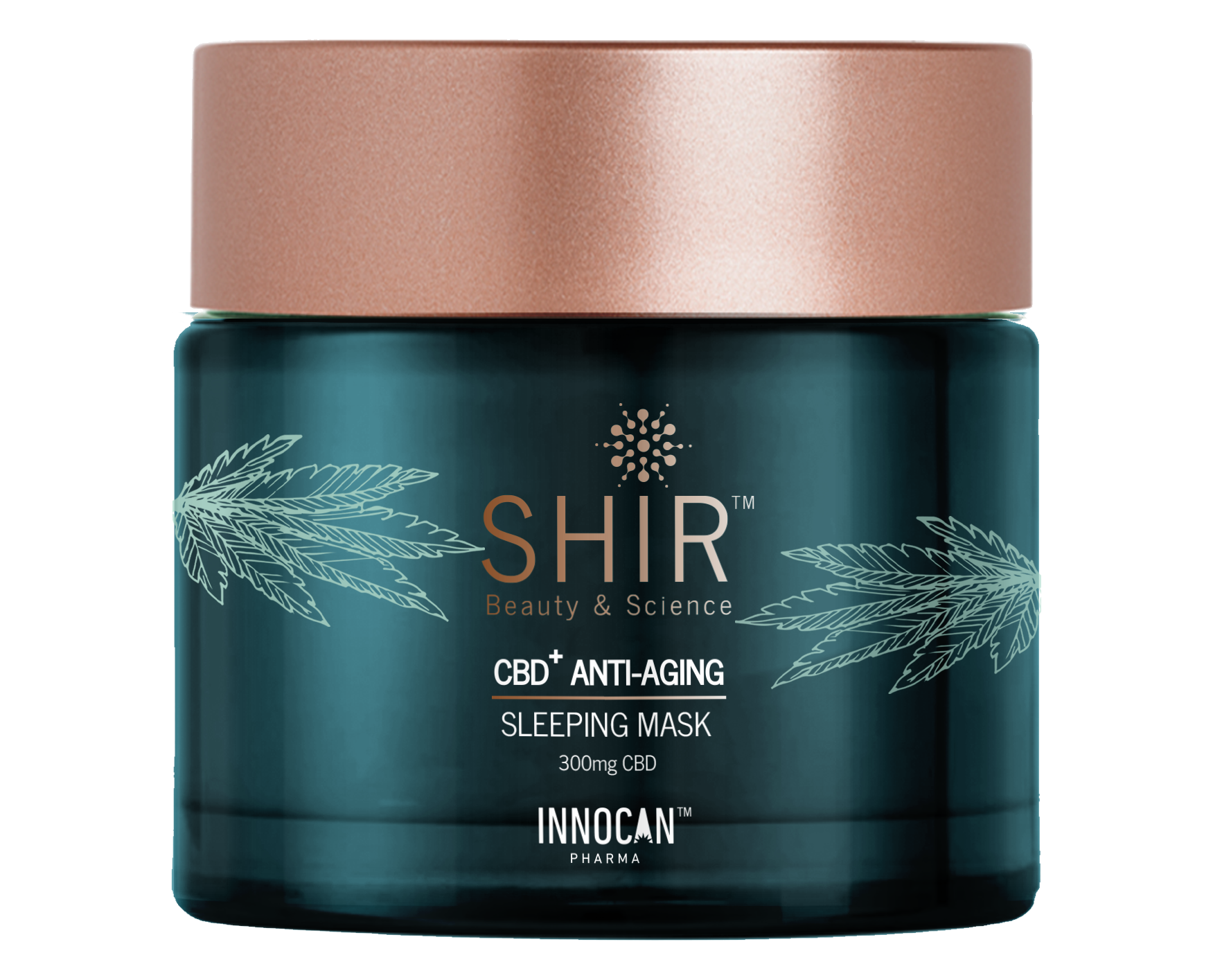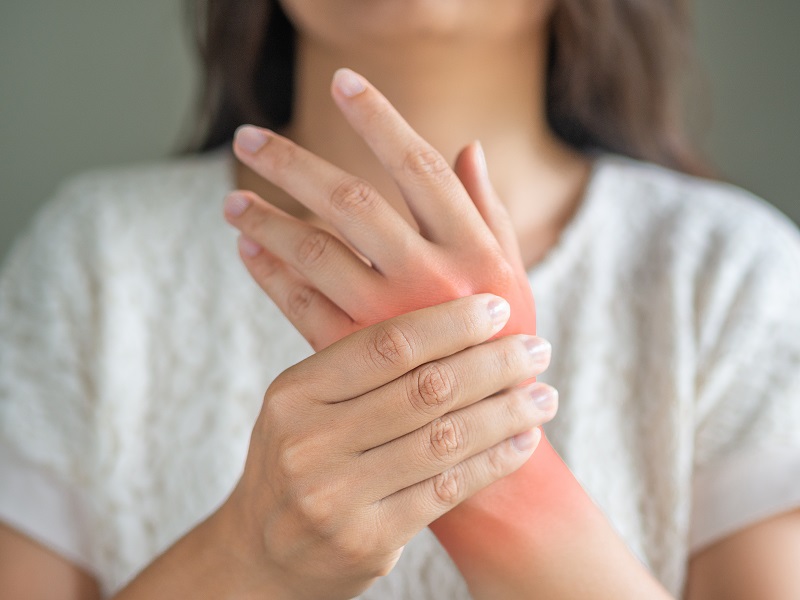Role of CBD Products in Skin Fungal Treatment

There are ample historical pieces of evidence that show the therapeutic use of the Cannabis Sativa plant. The extracts from the plant, namely hemp and marijuana, have been used for treating ailments and providing recreational relief for centuries now. However, their use has always been a subject of major controversies, with many societies stigmatizing them.
But times are gradually changing now. In the United States, medical marijuana is legalized in thirty-three states. Seventeen other states have decriminalized the use of an important extract from the plant – cannabidiol or CBD oil. For those of you who aren’t aware, CBD is a chemical compound that naturally occurs in the Cannabis Sativa plant, along with another ingredient called tetrahydrocannabinol or THC.
The main difference between THC and CBD is that the former is a psychoactive compound, meaning it gives you the “high” feeling when consumed, either by smoking or in the form of edibles. But CBD is non-psychoactive, and it forms an active ingredient in several medical and dermatological products, such as pain relief spray, roll-ons and creams, facial serums, body oils, and recovery lotions.
It’s interesting to see how the CBD skincare marketing is booming in recent times. A Grand View Research study found that the worth of the CBD skincare market is projected to reach $1.7 billion by 2025. Hence, it’s only natural to see beauty and skincare stores across the country to be deluged with CBD products—from facial serums and face creams to body oils to glow oils. This phenomenon came about after the Farm Bill 2018 legalized hemp-derived CBD that contains less than 0.3% of THC.
When we talk about using CBD products for treating skin conditions, there are a host of benefits that come to light. The compound is rich in antioxidants and anti-inflammatory compounds, which are super effective in treating various skin-related issues, such as acne, inflammation, dryness, and damage caused by free radicals. These are less complex conditions. The compound is seen to do wonders when used for treating more severe issues, like psoriasis and eczema.
The anti-inflammatory properties of cannabinoids make them extremely beneficial in lowering skin irritation that results from inflammation. Their omega-3 and omega-6 fatty acids content are seen to boost the overall health of your skin. Moreover, topical CBD-based formulations contain gamma-linolenic acid (GLA), which is an excellent moisturizing compound. When applied topically on inflamed skin, the compound provides great relief; not to forget, CBD products have proven extremely effective in treating fungal skin infections, which we are going to discuss in this article.
What are skin fungal infections?
A fungal infection of the skin is also known as mycosis, which is caused by fungus. Typically, a fungus is a kind of microorganism that can be found almost everywhere in the natural world. It can live on the earth, in the air, in the water, and even inside your body. These organisms are mostly found living on dirty surfaces at homes, especially damp walls in the washroom, basement, kitchen, ceiling tiles, and windowsills. They are also found on the surface of your skin.
It is seen that there are millions of different fungi species, but mushrooms, mildew, and mold are the most common types of fungi. Some species of fungi are harmless, while others can lead to serious health issues. A fungal infection of the skin is one such condition that is caused when a bad, harmful fungus attacks your skin’s cells, and your body’s immune system is unable to fight them. The common symptoms of such an infection include:
- Bumps and rashes
- Skin irritation
- Redness
- Appearance of scales
- Swelling
- Severe itching
- Blisters
Types of skin fungal infections
- Jock itch
A fungus known as tinea is seen to cause jock itch, which is also called tinea cruris. Just like other types of fungi, this fungus thrives well in the moist and warm areas of your inner thighs, buttocks, and genitals. This type of fungal skin infection is extremely common in wet and warm climates and shows symptoms like itchiness in the infected area and the appearance of red rashes that look like rings.
- Athlete’s foot
This type of skin fungal infection is also known as tinea pedis, and it happens on your foot area. The fungi causing the condition thrives on dead tissue of outer skin, toenails, and hair. They grow in moist, warm places, such as swimming pools, shoes, public showers, and locker rooms. Athletes and sportspeople are seen to suffer from this type of fungal infection of the skin the most.
- Ringworm
Also known as tinea corporis, ringworm is a fungal skin infection that gets its name owing to its ring-shaped red rashes that have a worm-like, winding edge. It is caused by the same fungus that causes athlete’s foot and jock itch, but it appears in other regions of the body. This type of fungus is easy to recognize from the sores that appear along with scaly skin in the infected part. The outer part of these sores is usually raised, and the center skin looks clear but scaly.
- Yeast infections
These fungal skin infections are known as cutaneous candidiasis and are caused due to a fungus named candida. They commonly occur in moist, warm, and wrinkled areas of the body, such as the groin and armpits. Mostly, these infections are seen to occur in people who have diabetes or are obese. Women are also prone to this fungal infection in their vagina when the normal yeast and bacterial balance is disrupted by the fungal growth. Typical symptoms include bumps, rashes, itching, and patchiness that ooze out fluids.
Treating skin conditions with CBD products
Treating fungal skin infections is easier than most people think. There are several home remedies and over-the-counter medications available to treat the skin condition. In case the condition is too severe, your dermatologist may prescribe you some special medications. But the prolonged use of the medications certainly has some side effects on your body and may compromise your overall well-being.
This is the reason why people in large numbers suffering from fungal skin infections have switched to alternatives like CBD-based skincare products such as facial serums, facial creams, body oils, and recovery lotions. These topical formulations are seen to be extremely safe for use and quick to respond to fungal skin infections. There are also a couple of ingestible products available in the marketplace that provide the promised benefits without giving the “high” effect that’s typical of cannabis products.
How is CBD an anti-fungal?
It’s interesting to note cannabidiol in the form of oil, popularly known as CBD oil, is a powerful anti-fungal. There was a study conducted in 2011 that showed the anti-fungal nature of CBD. Besides CBD, there are specific compounds in the Cannabis Sativa plant that act as anti-fungal agents. These compounds are cannabigerol (CBG) and cannabichromene (CBC).
Much of the antifungal properties of CBD come from its atomic composition, which is one hydrogen and one oxygen atom. These compounds have an affinity towards other molecules that contain oxygen and undergo oxidation. When CBD oxidizes fungi cells, they are rendered incapable of growing and multiplying. This is because of the inhibition of ergosterol. The ability of CBD to oxidize fungi cells is what makes them powerful anti-fungal agents.
CBD, CBG, and CBC are seen to attack fungi cells, which are essentially eukaryotic cells that have well-formed membranes protecting the nuclei. They kill the fungi cells by tearing down the cell membrane, which prevents ergosterol production—something that supplies food to these fungi cells. Once the supply of ergosterol stops, the fungi cells eventually die. The good news is that these compounds do their job without harming the surrounding healthy cells.
But that’s not all the anti-fungal properties of CBD. These compounds are also capable of boosting the efficacy of other anti-fungal compounds, a potent one among them being caryophyllene oxide. This is a naturally occurring, super-powerful terpene that’s found in the Cannabis Sativa plant. When CBD extraction from hemp plants takes place, some amount of terpenes are also derived from the process. It is seen that CBD, CBG, and CBC – all three producing very minimal THC – can increase the potency of this terpene.
Hemp is seen as a weed owing to its proliferation in extremely large quantities in very little time. These plants possess a powerful defense mechanism against viruses, bacteria, and fungi, which is why they grow without any external care or help. As such, hemp plants show a good amount of anti-fungal properties when they are in the growing stage and before they are harvested. These anti-fungal and anti-bacterial properties, which are seen to be remarkably therapeutic, are found in reasonable measures in the plant’s terpenes.
The reason why terpenes of hemp plants act as antifungal agents is that they have a lipophilic nature. These compounds tend to gel extremely well with different fats. Hence, it becomes easier for terpenes of CBD to destroy the cell membrane of fungi cells and cause them to become lower in number.
How to use CBD products to treat fungal skin infections?
However, some manufacturers of CBD oils tend to remove these valuable terpenes from the oil while refining it. Those CBD oils that have the three cannabinoids mentioned above, along with terpenes, are known as ‘whole plant’ or ‘full-spectrum’ CBD oils. These oils have stronger antifungal properties and are seen to kill fungi cells much faster compared to CBD isolate oils, which contain only CBD and no other beneficial cannabinoids.
Now that we know that full-spectrum CBD oils have more anti-fungal properties, you should consider adding them to your skincare regimen. These oils are seen to produce the “entourage effect,” which means individual CBD work more powerfully when they team up with other cannabinoids, such as CBC and CBG. It is also seen that terpenes of CBD oil help carry the compound faster through your bloodstream. As a result, you are guaranteed to get the full range of benefits of CBD by using full-spectrum CBD oil.
The most effective way to use CBD products—be it body oils or recovery lotions—is to apply them topically on areas where there is a fungal infection. However, some people tend to take them orally to treat more complex fungal skin infections, such as Athlete’s foot. This ensures that CBD is more bioavailable, meaning it is absorbed better, faster, and in appropriate quantities by your bloodstream.
However, before consuming any CBD product, you should make sure you know the full list of ingredients. In ideal situations, the package of the product you use should always list all the compounds contained in it. In case you are dubious about them, then you should consider running the product through a laboratory test.
There’s absolutely no doubt in the fact that CBD-infused skincare products can provide tremendous protection and relief. Topical CBD products, such as facial serums, face creams, body oils, and glow oils not only have therapeutic benefits but also do cosmetic wonders by making your skin feel and look at its best. However, it is recommended that you consult a medical professional first. This will help you ensure that the product is suited to your skin condition, and you don’t suffer from any side effects.
How to prevent fungal skin infections?
Fungal skin infections can happen to anyone at any time. People who have an already compromised immune system, have health issues like diabetes and cancer, or are taking antibiotics are more prone to developing such infections. You should always remember that unaired, unclean, and moist areas of your body, such as your toenails, groin, inner thighs, and buttocks, are breeding grounds for fungi cells.
Here are some ways in which you can prevent fungal skin infections to some extent:
- Stick to proper hygiene: It’s only when you keep your body surfaces clean that you can prevent fungal skin infections. Take warm showers and wash your body with a mild soap, preferably with one that has some amount of antiseptic to prevent the growth of fungi cells.
- Clean your feet always: To prevent fungal skin infections, like Athlete’s foot, you should always keep your feet clean. Trim your toenails regularly so that there’s no buildup of dirt in them. Change your socks daily and avoid wearing shoes that suffocate your feet.
- Be careful in public spaces: If you frequent public places, such as locker rooms and swimming pool clubs, make sure you don’t walk barefoot. The cleanliness of these places is often questionable, so it’s always better to keep yourself protected.
Whenever you see any symptoms of fungal skin infections, you should first consult a doctor. It’s only after taking their advice that you should resort to alternative treatment options like CBD products. Nonetheless, you should know that these products work great and can prove extremely effective in treating fungal skin infections when used in the right way.
More articles:










